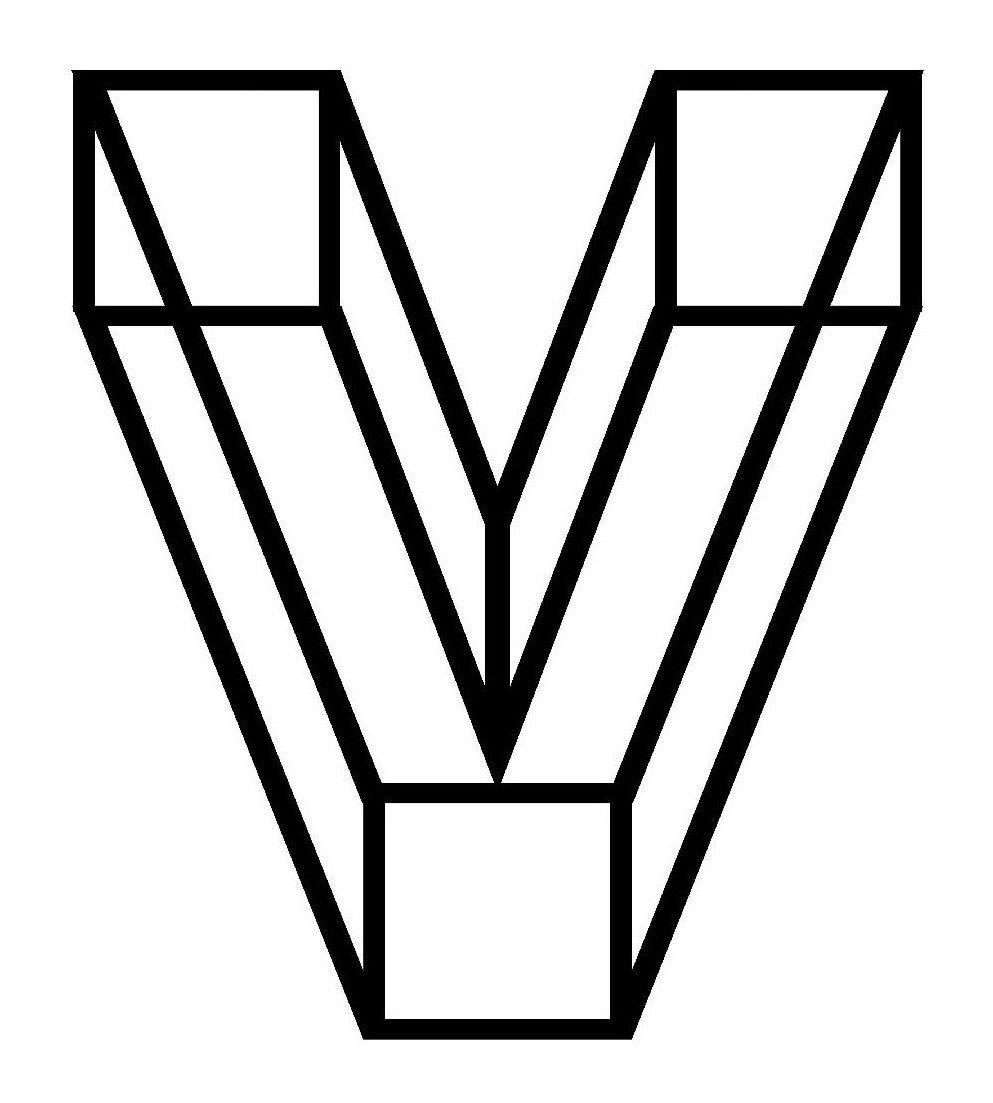| >> Read all Stella's reviews. | |
 | Blanket by Kara Thompson {Reviewed by STELLA} When you think of a blanket, initially what might come to mind is a source of comfort or warmth: a blanket in a crib or across the end of a child’s bed — something to protect and keep one safe. And then, the blanket as an item of exchange or gift, maybe passed down through generations with a family history embedded. It’s also the object which is used to cover the unsightly: the ill or the dead and, metaphorically, the deed not wanting to be seen. In Kara Thompson’s essay, Blanket, in the 'Object Lessons' series, she starts with her inability to write about this object, with what eludes her. “When I try to write about blankets, I tell the story of death.” In her introduction, Thompson aligns the concept of the fold and the blanket — she writes about what is hidden beneath and what is condensed, culturally in particular, within the object’s folds. What do we no longer see and, by unfolding, what do we and must we reveal? As a professor of English and American Studies, it is no surprise that the meanings of the blanket as exchange and weapon arise in this exploration of an everyday object that we use often, that has a central role to play in political and social interactions, and has been a tool of distraction and exploitation. With chapters headed Witness, Folds, Extraction, Security, Cover, and Carriers, Thompson delves deeply and honestly, recording historic as well as contemporary voices in her study of this seemingly innocuous item. From the blankets, knowingly infested with smallpox, given to indigenous peoples in the 1760s, spearheading an epidemic that killed 90 per cent of the population in Ohio, making a land grab and the desires of colonists easier, to a star quilt made by a Dakota artist presented to President Obama with an embroidered message, "NoKXL", as a protest against the pipeline proposed for Standing Rock, blanket and land have been intricately linked in our political histories. Recorded in blankets through their woven patterns and decorative elements are stories passed down through generations. Thompson focuses here on the Ute blanket — made between 1840 and 1860 by Navajo (Diné) peoples as they were disenfranchised from their lands during and at the conclusion of the Mexican-American war. The Diné women continue to weave and their blankets tell their story — the forced march, imprisonment and railroads are manifest in their designs. Thompson does not only focus on the blanket as telling of colonial histories but also as remembrance — the AIDS quilts and the symbol of illness and recovery. The blanket enfolds us when we are born and covers us as we falter. Interspersed with her examination of cultural histories, contemporary artists’ use of blanket in sculpture and blanket as protector, is Thompson's own personal story of her brother’s death as a young man and her memories triggered by the blanket that covered him as he lay at home, and of the hospital blankets, always white, and the blanket in which she found shelter. Each ‘Unfold’ reveals a little more or her brother’s story of illness and her inescapable memories of death in the house of her childhood. They are brief and affecting, making the story of the blanket-as-object more personal, and enable the reader to reflect on their own cultural knowledge and personal experiences, triggering memories and examination. This is another excellent addition to the 'Object Lessons' series — the books are always fascinating and relevant, windows into something you may have not considered previously — in this case, to fold a blanket now has greater resonance. |
